Book Review & Interview | Josh Bernstein’s The Complete Beer Course
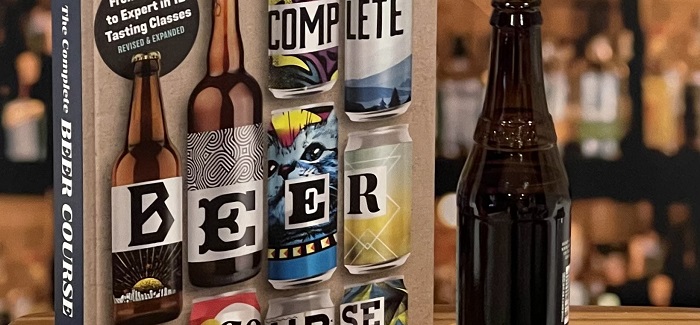
- David Nilsen
- On May 22, 2023
- http://davidnilsenbeer.com
- FacebookTwitterInstagramLinkedIn
The revised and expanded edition of Josh Bernstein’s The Complete Beer Course: From Novice to Expert in 12 Tastings Classes comes out June 6 from Union Square & Co., and is less an updated edition than an entirely new vision of the original concept. The title was first published in 2013, and a lot has changed in craft beer in the last decade. From the explosion of brewery openings between 2012 to 2014, to the emergence and subsequent dominance of Hazy IPAs, to long-needed (and ongoing…slowly) internal culture changes, craft beer in 2023 is hardly recognizable from the industry Bernstein covered ten years ago.
The new edition of The Complete Beer Course aims to better capture the modern craft beer scene, and — like the original — aims to be a one-stop introduction to all things craft beer. It opens with the expected overview of ingredients, brewing process, glassware, and how to taste beer, before turning to 12 “tasting classes” — chapters devoted to different style groups of beer. Each chapter provides commercial examples of beers to try to taste along with each “class.” Sidebars and break-outs throughout offer historical anecdotes, oddities of the beer world, and interviews with folks in the industry. It’s all approachably written and attractively and colorfully formatted and illustrated.
Changing Styles
There’s a tension involved in writing a book like this today — an organized textbook for a drink segment that has largely abandoned systematic categorization. Bernstein himself acknowledges this challenge in the opening chapter:
“In the beer world, there’s ongoing hullabaloo about the utility of style. Why do beers have to fit within neatly defined parameters? Short answer: they don’t. To me, styles prove their worth as a general framework, a reference point for discussion, and a launch pad for endless future innovation… Consider styles to be like a pair of sweatpants: their elastic waistbands stretching to accommodate a range of beers.”
With this laid-back approach to learning about — and, perhaps more difficult — teaching about beer, the book sketches out a helpful framework that doesn’t weigh the novice down with an excess of technical information. Bernstein knows that info is out there if the reader wants to go deeper. The Complete Beer Course is like a flight of beers in a taproom: Fun to sample on its own, and useful for pointing you to what you might want more of next.
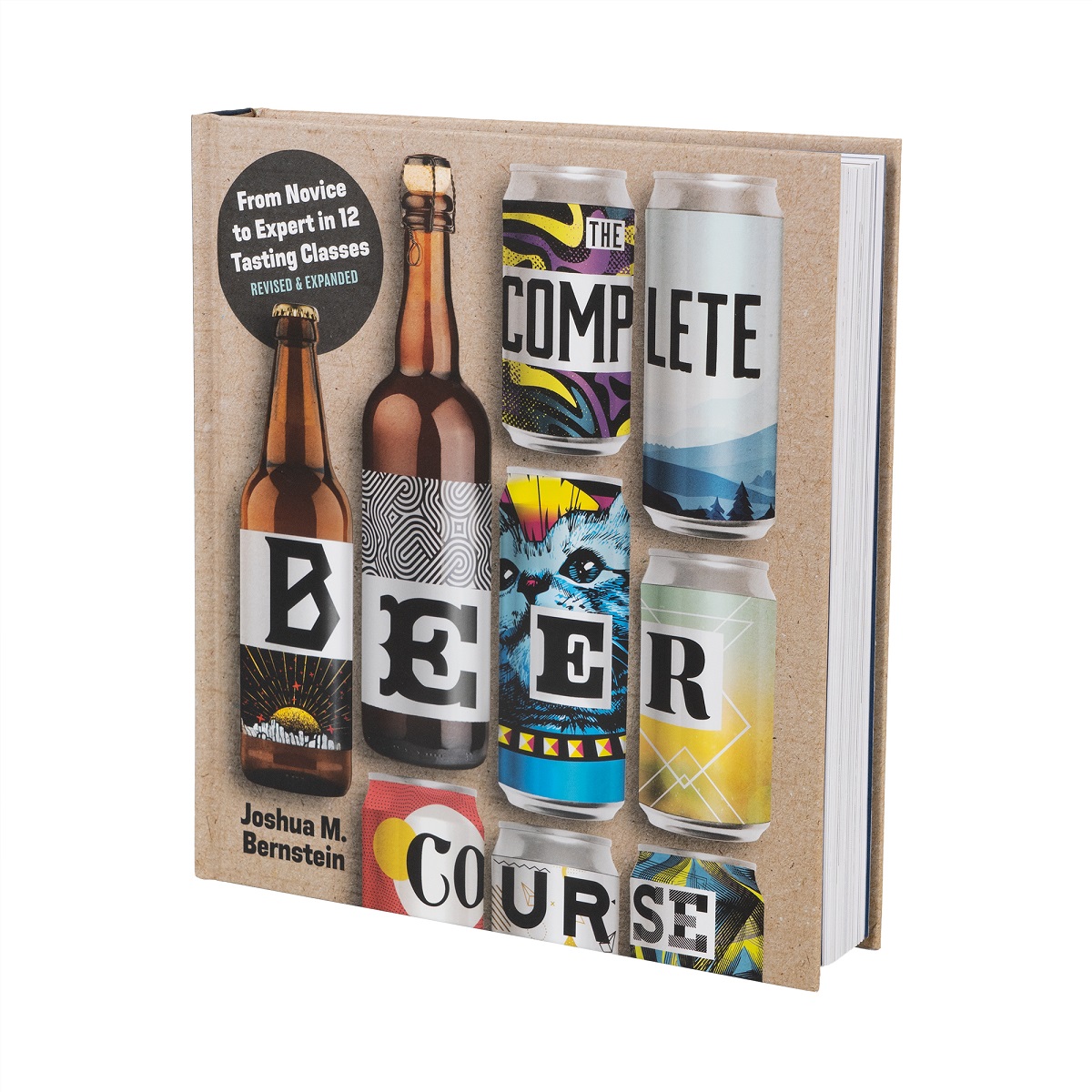
Bernstein made significant changes to this edition to reflect the changing ways we enjoy and learn about beer. In 2013, quality craft beer still wasn’t ubiquitous, and events like city-wide beer weeks and major festivals were important for giving people the chance to try beers they might not have access to otherwise. That’s changed.
“Beer weeks really just disappeared and nobody cared about them anymore,” he says. “They were a very useful tool early on to show people that they had great, novel-tasting craft beer in their backyard, but better beer won out and is everywhere now. Our education points for beer changed, and we didn’t need to go on pilgrimages anymore.”
Similarly, where the 2013 edition talked about where to find barrel-aged beers, such beers are no longer rarities, so that information is deprioritized here. This edition makes room for newer trends like gluten-free beers and non-alcoholic beers, and information on individual styles has been updated to reflect the constant evolution within categories.
Changing Roles
This edition also expands the range of professional roles within the brewing industry that get highlighted, sidestepping the cult of personality that can make industry coverage top-heavy with founder and brewer interviews.
“The moment in 2013 was really about the brewmaster being exalted,” says Bernstein. “Back then we all prayed at the altar of Sam Caligione (Dogfish Head) and Garrett Oliver (Brooklyn) and others. That was in part because of their great accomplishments, but a brewery is a system with people that do everything from being packing line operators to quality control technicians to sales reps. I really wanted to inject the human side of the beer industry into the book as much as possible.”

Sprinkled throughout the book are interviews with folks like Paige Francis, the marketing director at Payette Brewing in Boise, Idaho, and Kat Finn, Chain Account Director at Rogue Ales & Spirits in Newport, Oregon. These interviews not only remind readers that craft beer is more than just a small collection of rockstar brewers, but also show a wider range of entry points for getting involved in the industry themselves.
“I want to explore how the culture of beer is intersecting with other audiences,” says Bernstein. “I want to show people how beer touches people’s lives and creates community and connections.”
Changing Favorites
The project of revising and expanding this book proved to be a bigger challenge than Bernstein had originally anticipated (when I asked him what was next for him after finishing this project, his first response was “napping”), and he’s earned himself more than a few beers ahead of its release. Appropriately for the author of an educational style guide, he’s found himself returning of late to classic styles.
“I think I spent so much time seeking out what was new and what next, I didn’t go back and look at the old catalog of beer,” he says. “Nowaways I’m finding a lot of pleasure in revisiting things and finding nuance. I’m very psyched about the push toward West Coast IPAs coming back again.”
The Complete Beer Course is a versatile book that works on several levels: as an attractive, entertaining coffee table book for curious browsing; as an educational framework for someone wanting to take their journey of beer knowledge to the next level; and as a snapshot of the industry at a unique point in its history for those of us who already love it, documenting the trends and conversations we’re invested in in this moment. Who knows what this will all look like in another 10 years — hopefully the third edition will freeze another moment in time for us in 2033 — but, in some ways, the very fact that craft beer is a changing, squirming beast to try to capture is a testament to its vitality. Nothing stays the same, but with his latest book Josh Bernstein has given us a delightful portrait of craft beer as it is today.
Related Posts
Book Review & Interview | Brewing Local April 16, 2018 | David Nilsen
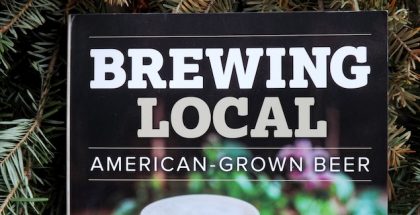
Book Review | Beer and Racism January 25, 2021 | Ruvani de Silva
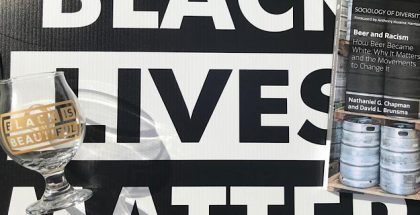
Book Review & Interview | Tasting Beer by Randy Mosher... September 21, 2017 | David Nilsen
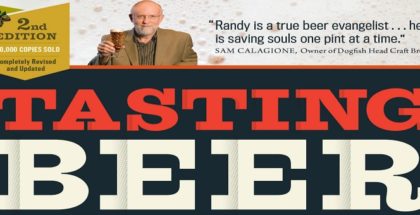
Book Review & Interview | Beer Is for Everyone... March 13, 2018 | David Nilsen
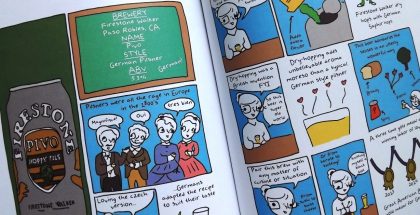



Submit a Comment